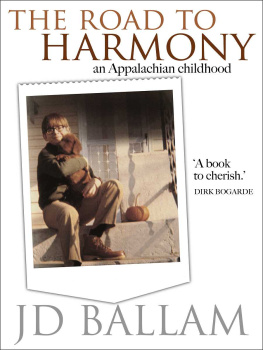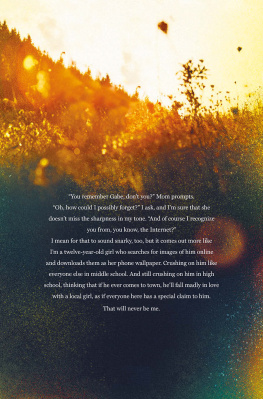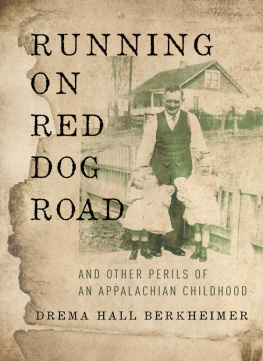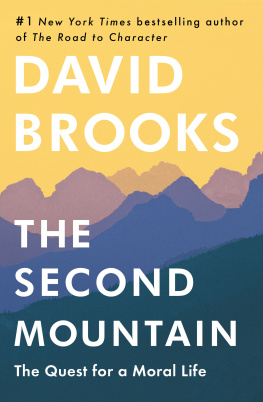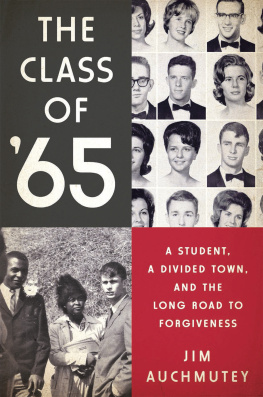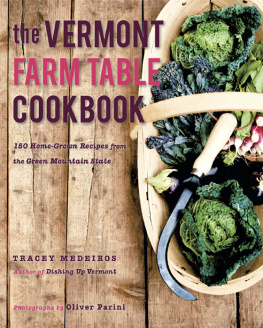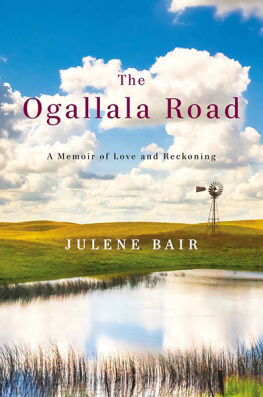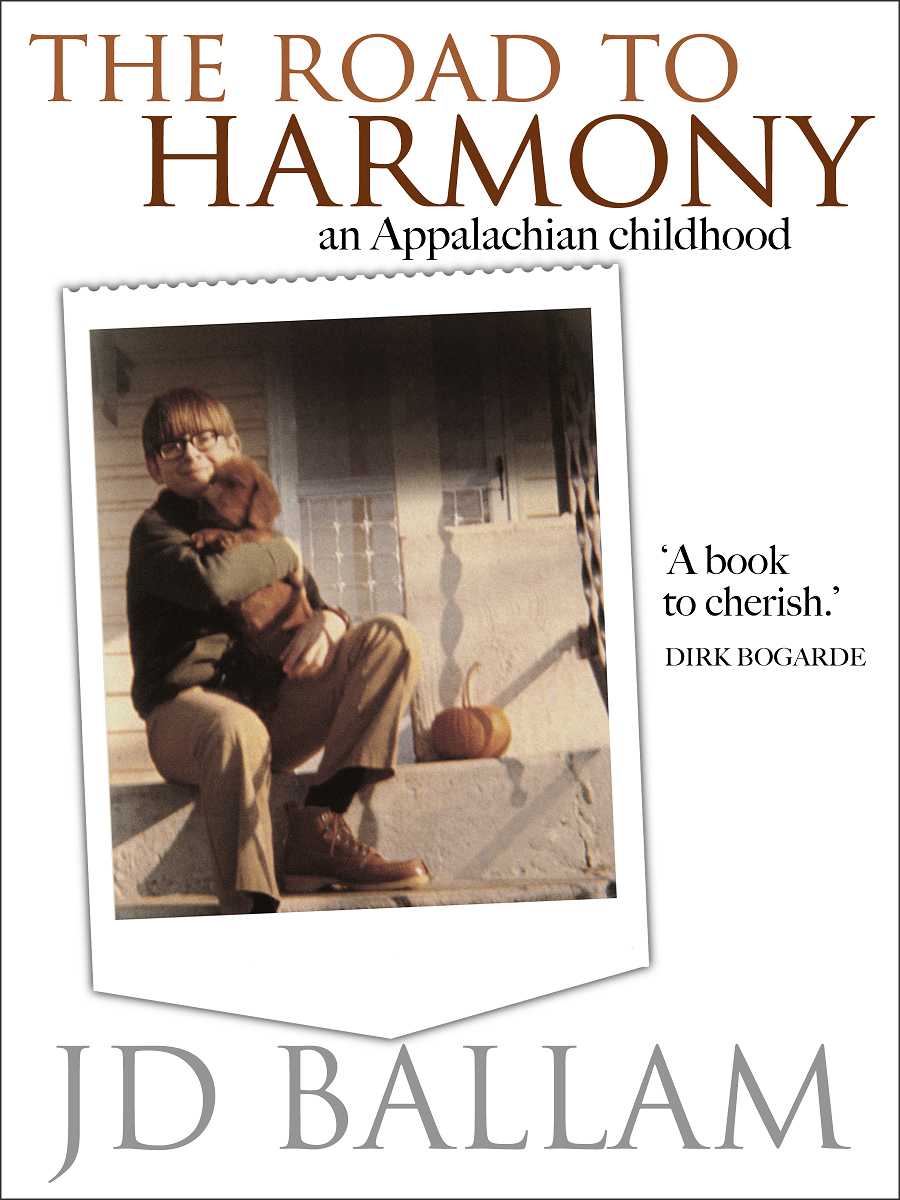
Table of Contents
Exclusive Ebook License
This ebook is provided for the exclusive use of the purchaser or licensee.
J D Ballam and Velluminous Press have published this ebook without any DRM (digital rights management) because we respect your rights to enjoy the ebooks you have purchased, today and in the future. Please respect our rights too, by ensuring that the copy you are reading is properly licensed:
- If you have obtained an unlicensed copy of this ebook and wish to read it, you must buy a license.
- If you wish to give a copy of this ebook as a gift to someone else, you must buy them a license.
You can purchase a license for this ebook from major ebook retailers; in case of difficulty, please consult www.velluminous.com for assistance.
Foreword to the Ebook Edition
They say it is impossible to change the past. They are wrong. We change it every day, every time we remember it adding new memories, forgetting others, thinking over again what it all means. It changes because, insofar as the past exists at all, it exists as an evolution of meanings. The story of time is everything that happened, and that is available to no one. The plot is what we are able to recall, the shape we give to our experiences and to those of the people we love, those whose lives affected us in ways that change as we change.
It has been nearly fifteen years since I wrote this book. Of course, much has happened to me since then some dreams have come true, and others have been abandoned. Much that has happened I could never have predicted. At this distance, as I think back on the hours I spent writing this book, I can only speculate on what my motives were at the time. Unable to find other work, I had taken a responsible job as a tax officer evaluating peoples incomes and assessing their liability to pay money they hated paying and often couldnt afford. I sent some people to prison, closed businesses, instructed bailiffs to remove their hard-earned and much-loved belongings from their homes. The stress was terrible as every day of the week there were people shouting at me, pleading with me, and crying over my inability to bend the laws to help them out. I hated every second of every hour that I did that job.
I had started my service as a tax man in the summer and by winter, as a result of my efficient habits, I had been promoted. Suddenly, although I was now given the difficult cases, I could manage my time even more closely, choosing a working pattern more to suit myself. As I sat there, looking out through the grey slit that counted as a window on to the dark, filthy city streets, my mind began to sink further inwards onto memories of sunnier days and happier outcomes. I started to doodle ideas, for poems I thought, on the pad at my elbow. Then one night, inexplicably, I came home and wrote the Preface that follows here in a single burst. It lay untouched for weeks, and then, equally unaccountably, I was in the office every day finding myself writing down the stories I grew up among on to that same yellow notepad. At night, I came home and typed them. The result, with only a few changes, is what you will see here. I honestly dont know how it happened.
So that takes me back to where I began.
Most things in my life seem to do that take me back to the beginning. But then every time I return to the beginning I find myself in a new place, one just a little unrecognizable. For me, thats what keeps the past alive: its incessant movement, its recurrent freshness, its abiding fascination.
JD Ballam
Oxford, England, 2013
THE ROAD TO HARMONY
J D Ballam
Preface
From the broken mountain, with its green rocks and running springs, to Hawbottom, with Catoctin on the right and South Mountain across the valley to the left, the Hollow Road turns past the silent stones of the old distillery, dropping away to the stream and past Moskers farm to The Corner, then up the little hill between the houses, around Orphas barn, to the first farm on the right. This is the road home the road to Harmony where a hog can root the mortgage off a farm faster than Hell can send a feather and four saddlebags of gold lie buried at Bootjack Spring. From here theres a way to Wistman Lane Falls, following the path through the pink and white dogwoods, or to stop and ask old Hank for some groundhog pie. (There are mushrooms to hunt for in the mayapples up by Fishers Lodge, and wild spring daisies as big as a childs hand and in time for Easter.) A little farther on is where my people are the ghosts in the underbrush along Ford Fields, where the Tuscarora braves used to wait for the deer to come down in the winter. But remember, if you decide to stay, dont build your house with white stones in the wall, for the Fords believe that these attract lightning.
Harmony, Maryland, USA. Climb ten feet up in the poplars in Shultzs meadow, and there in the bark is my heritage:
C. E. Ford
1926 A.D.
Smiling old faces above long beards crowd together in the albums. Young ones, too, remembering the day when the schoolhouse burnt down, or Charlie Ford swore for the first and last time. They ate fresh scrapple and chewed tobacco, and the noise of the threshers with their long belts surrounded them. Now in their places there is nothing but the silvering remains of their Festival boards, and the crashing echo of baseballs high in the walnut trees. But while theres still time, its good to ask Dutch about Sadie (because Sadie was good to her, if not to many else), and shell point out the place where lightning struck twice.
Somewhere in these things there is the history of a people small and poor, democratic and proud. It is a history that is part fiction, and part the determination of a community to believe in itself. It is the story of this community, in a recollection larger than my own, that this book seeks to tell.
CHAPTER ONE
Aint Got Time to Die
Emma Blanche Ford was the youngest of ten children. About a year after her mothers death, she was riding home in the darkness of a winters evening with her father, when he attacked her. Blind drunk, Will Ropp leaned across from the drivers seat and made a lunge for her which she resisted by leaping from the speeding car. She then ran through the dense forest for nearly three miles, crossing the lower end of Catoctin Mountain, and presented herself at her cousins house. She was nine years old.
It had been Wills habit to beat his wife into a stupor, and this, combined with a relentless programme of child-bearing, led to her death at the age of thirty-eight. Tall, slim, fair-complexioned, with powerful hands and eyes like an April sky, everyone spoke of his remarkable Bavarian good looks. For this too, his youngest daughter hated him. Exactly resembling the mother she had loved intensely, she would grow to become a short, stocky, heavy-armed woman, whose straight coal-black hair, olive complexion, flattened bulbous nose and narrow eyes made her seem Mongolian.
Almost her first decision after leaving home was to change her name. Although her parents called her Emma Blanche, she hated the name Emma, and silently reversed the order. There was no birth certificate to contradict her. It was, in its way, an important decision that made not the least difference to anyone, because for the rest of her life she was known as Dutch.
Until the age of twelve, Dutch attended a one-room school on a hillside near her cousins home. She then left school in order to look after her foster familys younger children, and to help with the household chores. Counting her entire extended family, Dutch reckoned that in her long life she personally oversaw the rearing of twenty children.
Next page
